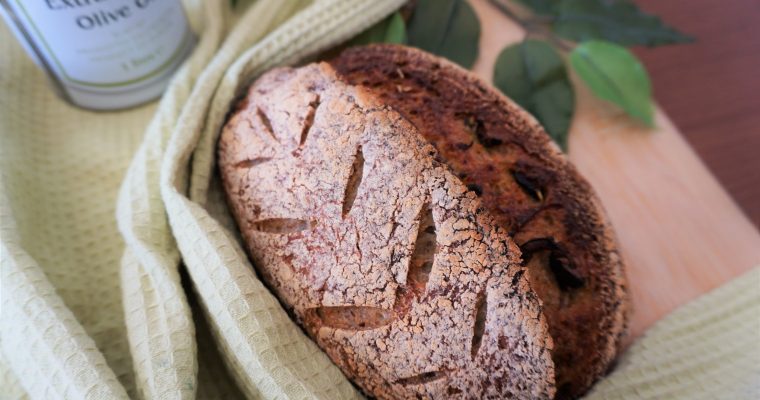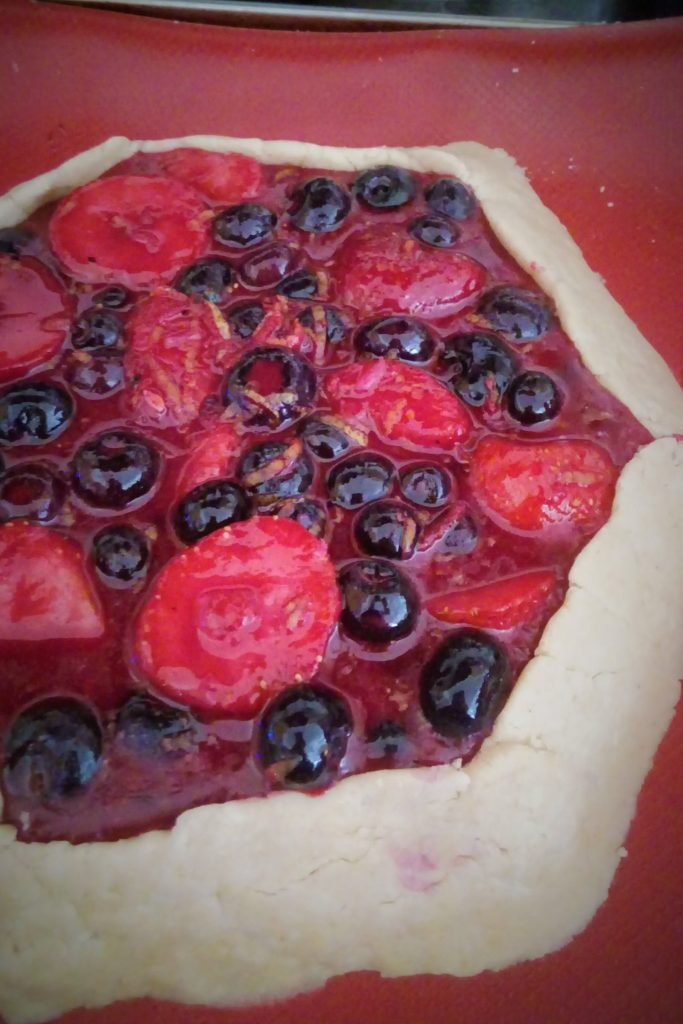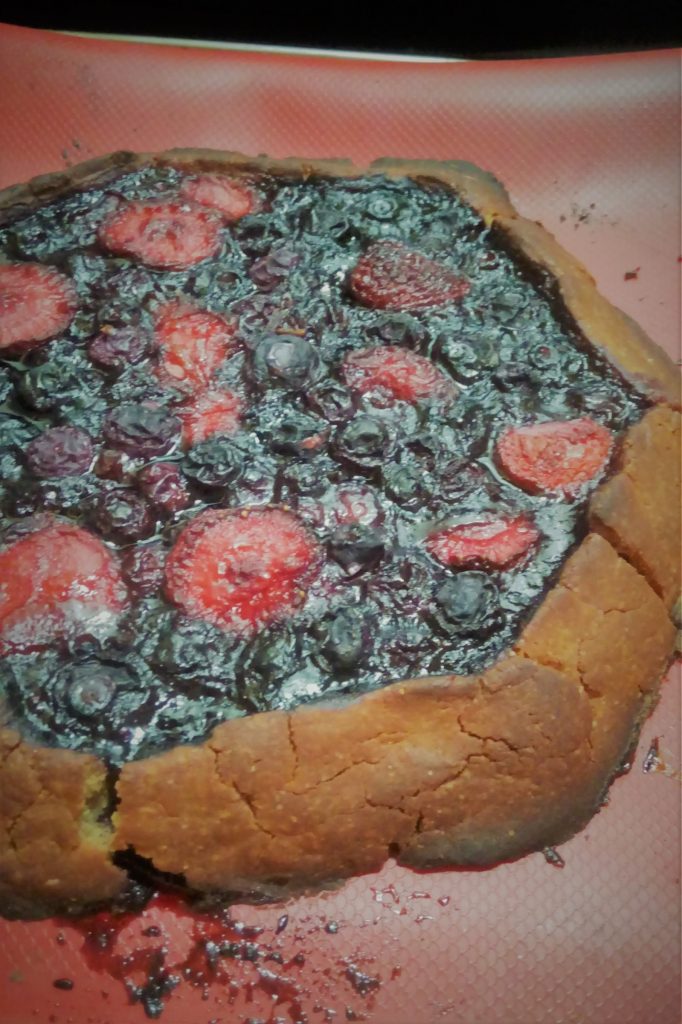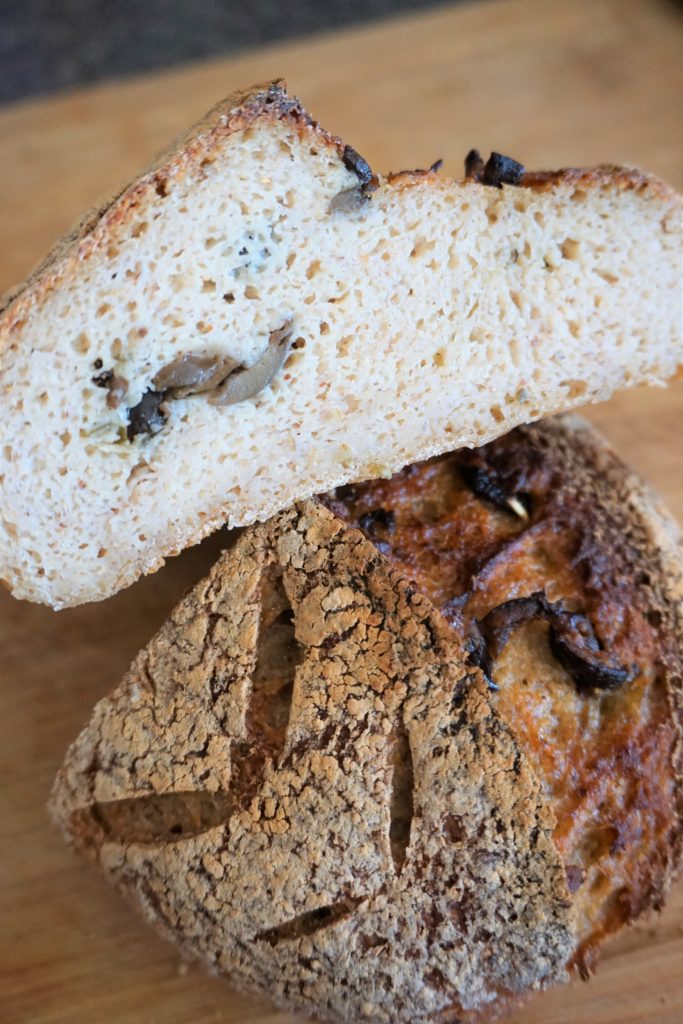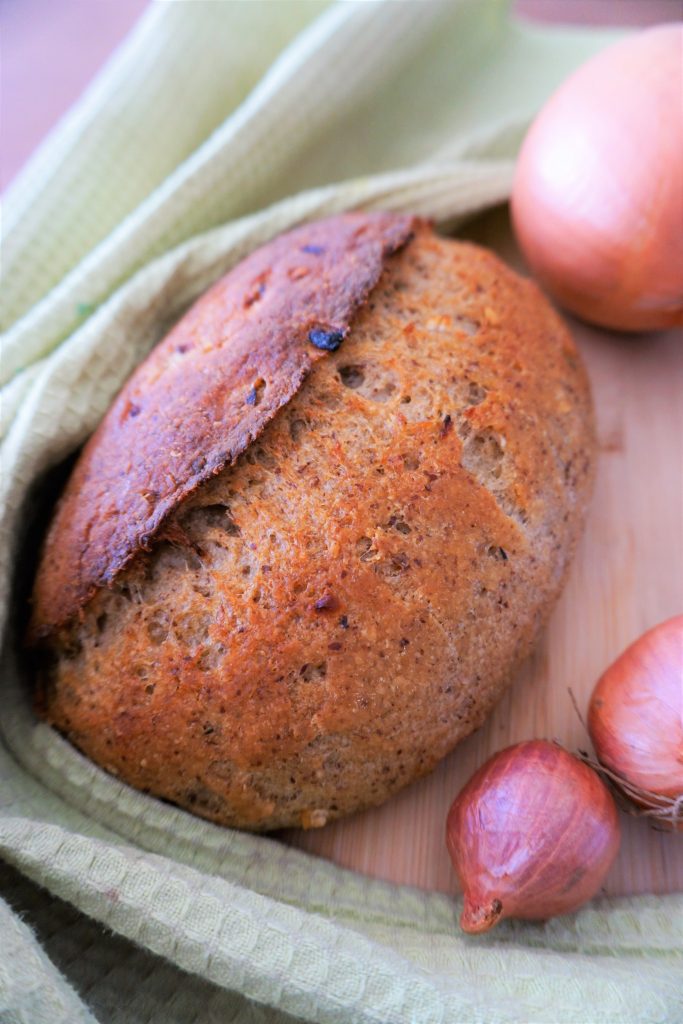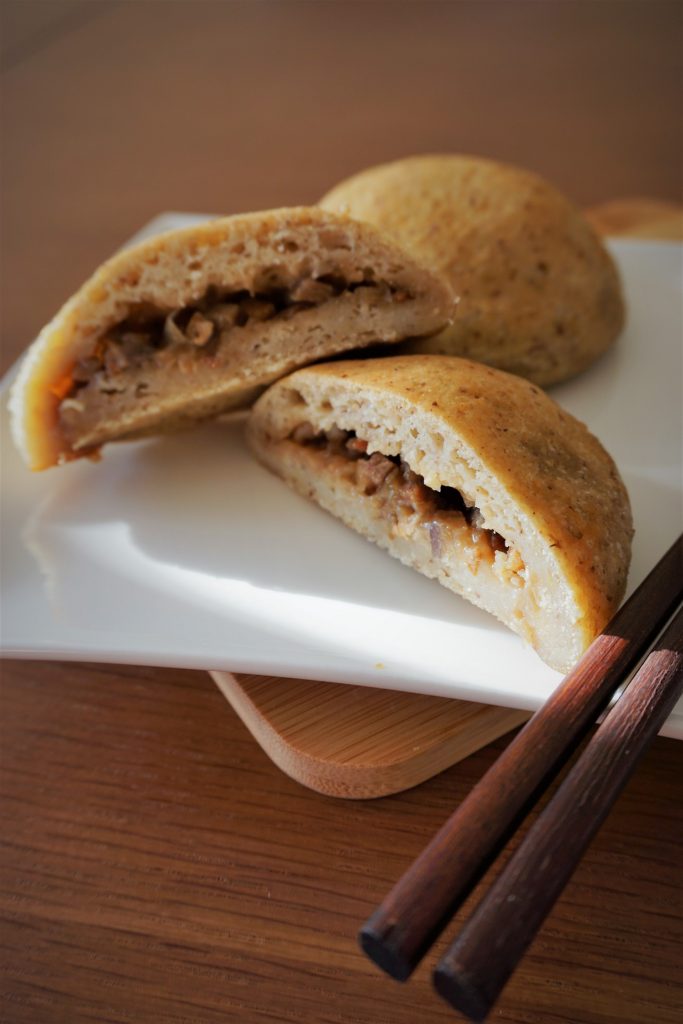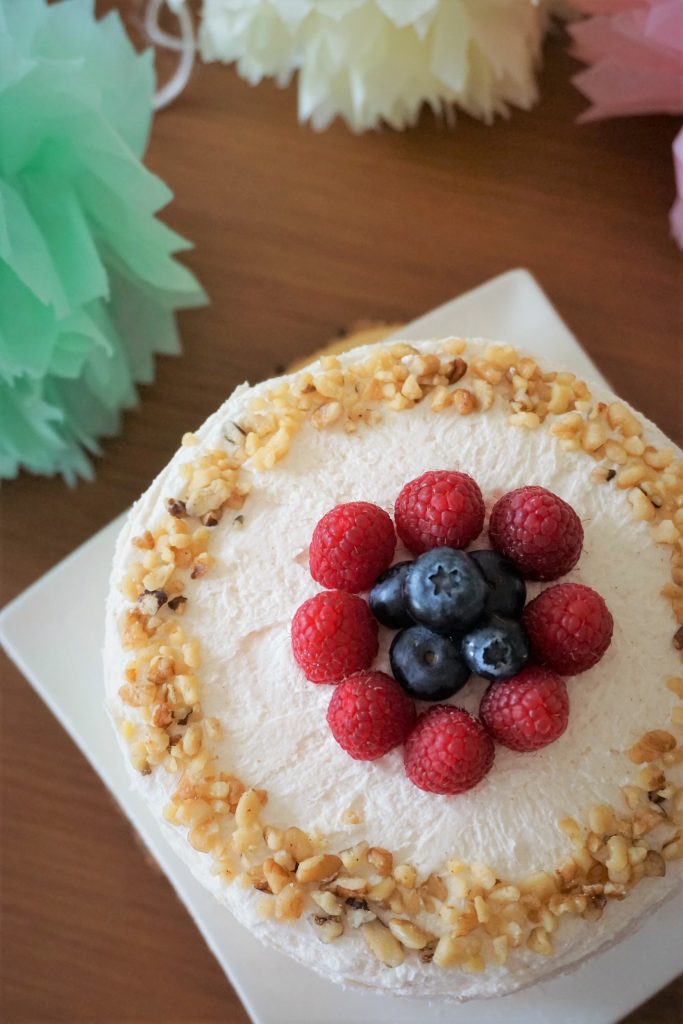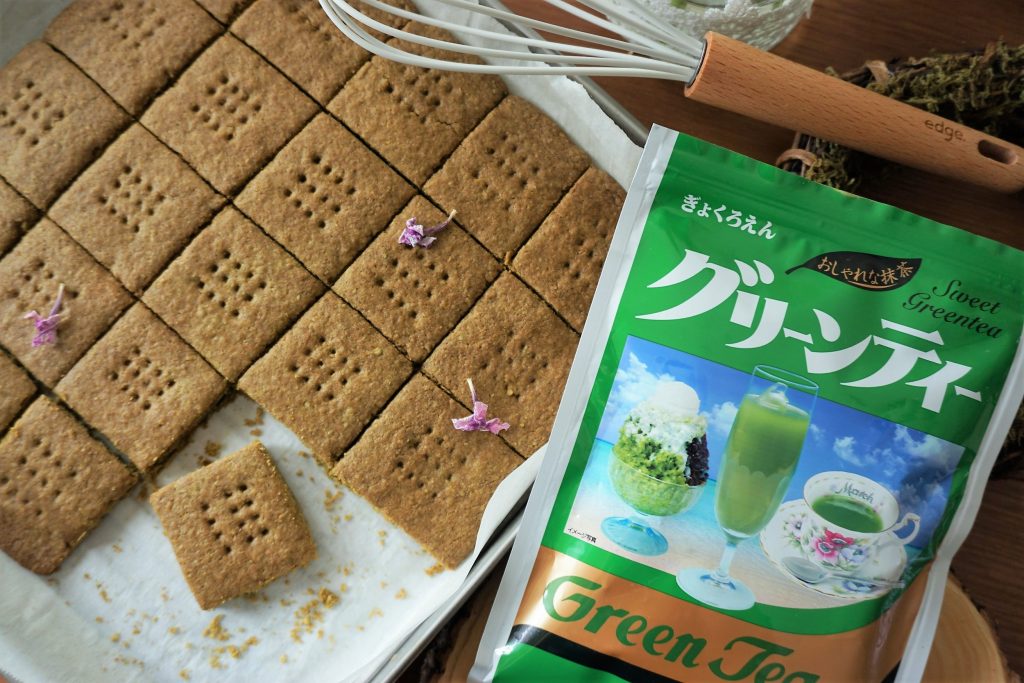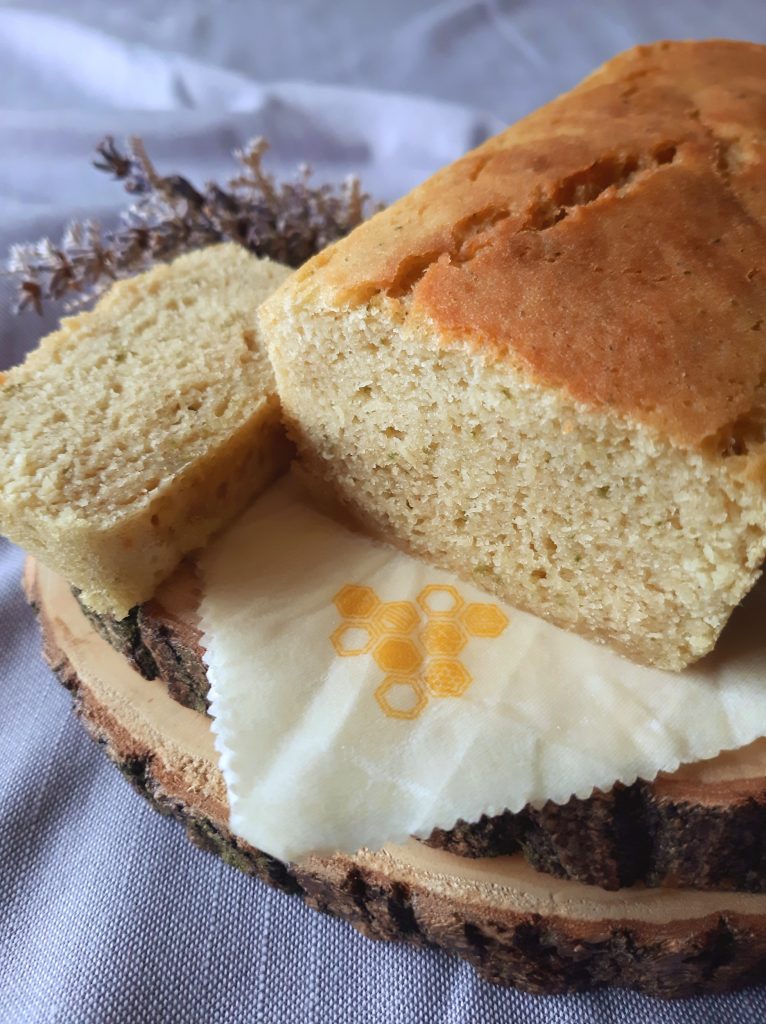So you are missing hearty artisan bread since going gluten-free? Our family too! That is why I started building my gluten-free sourdough starter and embarked on my gluten-free sourdough baking journey. Read on to see all the variations, tweaks and tips!
{This site contains Amazon affiliate links. Every purchase made through the link would mean a percentage of income for us. This does not cost you anything extra but it supports this site to bring you more amazing allergen-free content.}
Gluten-free sourdough starter recipe
Same as wheat flour-based sourdough starters, the gluten-free counterpart is essentially using the same key components: flour, water and time.
Flour
I went with the gluten-free sourdough starter recipe by Traci at Vanilla and Bean. The gluten-free sourdough starter is based on sweet rice flour & brown rice flour. Both flours are easy to find, affordable and with neutral flavor, making it a great beginner recipe!
If you are not a fan of rice flour, you can also use other gluten-free flours when building your starter. Possible starter bases can range from teff flour, quinoa flour to even store-bought gluten-free baking flour mix. Make sure to follow a starter recipe according to the flour you are going with! Check out this post for details on gluten-free sourdough flour alternatives.





Water
There are different opinions for what kind of water to use for sourdough starters. As we are dealing with building a healthy population of wild yeast and bacteria, any introduction of unwelcomed microbes can destroy such delicate balance and ruin the starter.
I personally do not agree with the purest view that only bottled distilled water should be used in a starter because this approach can be expensive, inconvenient and not very sustainable. Instead, I use filtered water which is then boiled and cooled for all my sourdough baking. It worked beautifully for me and I have had no issues.
Time
Like all fermented foods, making a gluten-free sourdough starter from scratch takes time. For me it took 4 days to see any gas bubbles in the starter, and a whole week to see doubling in height. The duration depends on your room temperature and abundance of wild yeast to be captured in the air.
Gluten-free sourdough discards
Majority of sourdough starter recipes involves discarding a certain proportion of the starter every day as it develops a healthy population of wild yeast. This by-product is called sourdough discard and do not let them go into waste!
Knowing that the sourdough starter is basically 1:1 ratio between flour and water, you can incorporate the discard into recipes accordingly. However you may note that sourdough discard might carry a yeasty sour smell. Therefore I recommend choosing appropriate recipes to use them.
For example I made kimchi pancakes with my discard where the yeasty sourness is already overpowered by the fermented sourness of kimchi. If you are not a fan of savory treats, sweet and tart recipes are great places to hide your discards too like a field berry galette!
Gluten-free sourdough starter maintenance
The maintenance routine of a sourdough starter depends on your baking schedule.
Frequent bakers
For frequent bakers baking twice or more every week, the counter can be stored on the kitchen counter in room temperature. Make sure you store your starter in a tall glass container so it will not overflow even if tripled in height on a warm day! Simply take the amount you need for a recipe and feed the same amount back every time right after. No additional discarding required.
Occasional LAZY bakers
For occasional bakers, the fridge is the best bet for starter storage. Storing your starter in the fridge will keep the microbes alive while slowing down their action. The result? There will unlikely be any overflowing and your starter will less likely be starving from sparing feeds.
How to feed a refrigerated starter depends on your baking frequency and starter action. From my experience, the maintenance for when I bake every week to every other week is pretty simple. No additional discarding required and just take the amount needed for recipe then feed the same amount back works.
If your starter seemed to slowed down quite a bit over time, there will be no air bubbles seen with complete water separation on top. In this case, couple days prior to baking, I would discard half the starter and feed the same amount along with a tablespoonful of honey to add some action. Discard again and feed again the next day, then your starter should be ready for use the day after.
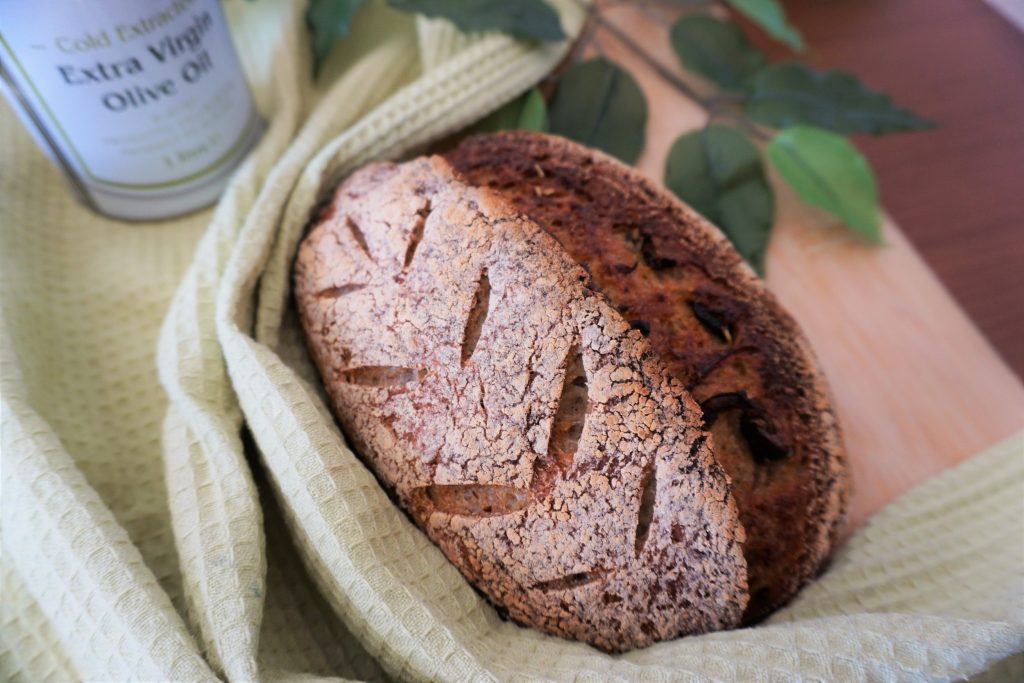
So these are my tips and tricks for you to start building your gluten-free sourdough starter. If you have been thinking about making the move, do not hesitate and begin your gluten-free sourdough baking journey today!
Looking for more gluten-free baking recipes?
Check out the Belated recipe collection!
